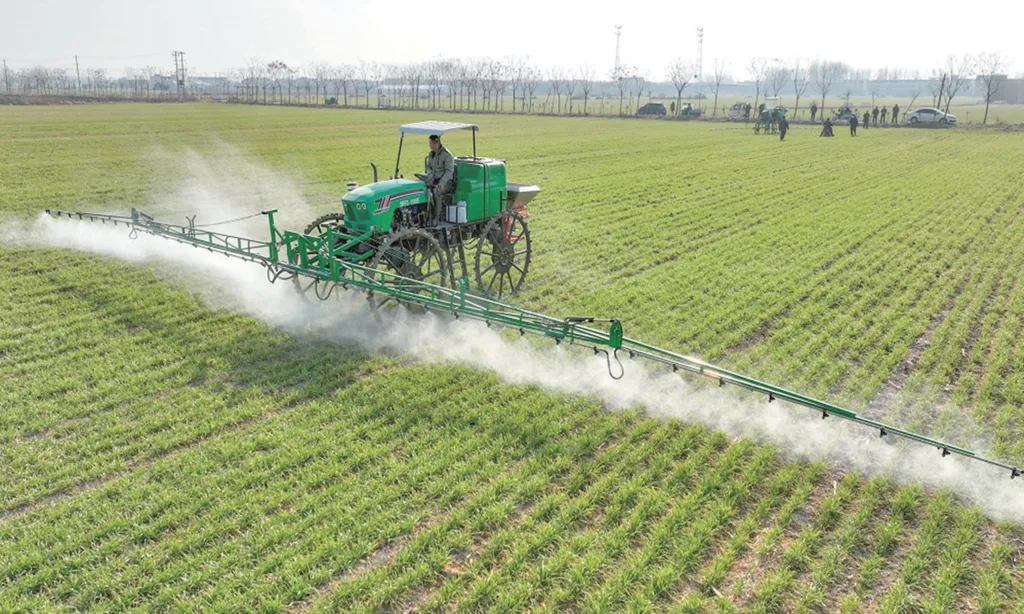In the heart of China’s Fuyang Normal University, a groundbreaking study led by Dr. Sheng-He Xu is revolutionizing the way we approach pest and disease detection in wheat crops. By harnessing the power of multimodal data fusion, Xu and his team have developed a novel model that combines image processing, environmental data, and machine learning to identify wheat pests and diseases with unprecedented accuracy.
The agricultural industry has long grappled with the challenges of timely and accurate pest and disease identification. Traditional methods often fall short, leading to significant crop losses and economic impacts. Xu’s research, published in the journal *Frontiers in Agricultural Science* (translated from its original name), offers a promising solution to this age-old problem.
The model works in three key stages. First, deep learning algorithms analyze images of wheat leaves to detect early-stage pests and diseases. “This initial step is crucial,” explains Xu, “as early detection can significantly improve the effectiveness of interventions.” Second, environmental data such as temperature and humidity are integrated to enhance the diagnosis. “Environmental factors play a pivotal role in the development and spread of pests and diseases,” Xu notes. Finally, the data fusion process combines image data and environmental information for comprehensive analysis.
The results are impressive. The model achieves a detection accuracy of 96.5%, with a precision of 94.8% and a recall of 97.2%. The F1 score, a measure of the model’s accuracy, stands at 95.9%, while the Matthews correlation coefficient (MCC) is 0.91. The area under the receiver operating characteristic curve (AUC-ROC) is an impressive 98.4%. The training time is 15.3 hours, and the inference time is a mere 180 milliseconds, making it suitable for real-time applications.
Compared to traditional methods such as CNN-based and SVM-based techniques, Xu’s model shows significant improvements. “Our model not only enhances accuracy but also reduces the time required for diagnosis,” Xu explains. “This can lead to more timely interventions and better crop health management.”
The implications of this research are far-reaching. For the agricultural industry, this technology can lead to higher yields and reduced economic losses. For the energy sector, which often relies on agricultural products for biofuels, this can mean a more stable and reliable supply chain. “This technology has the potential to transform the way we approach agriculture,” Xu says. “It can be adapted for real-time use and applied to more crops and diseases, paving the way for smarter, more sustainable farming practices.”
As we look to the future, Xu’s research offers a glimpse into the potential of intelligent technologies in agriculture. By combining image processing, environmental data, and machine learning, we can create more accurate, efficient, and sustainable solutions for crop health management. This is not just a step forward for agriculture; it’s a leap towards a more resilient and productive future.

